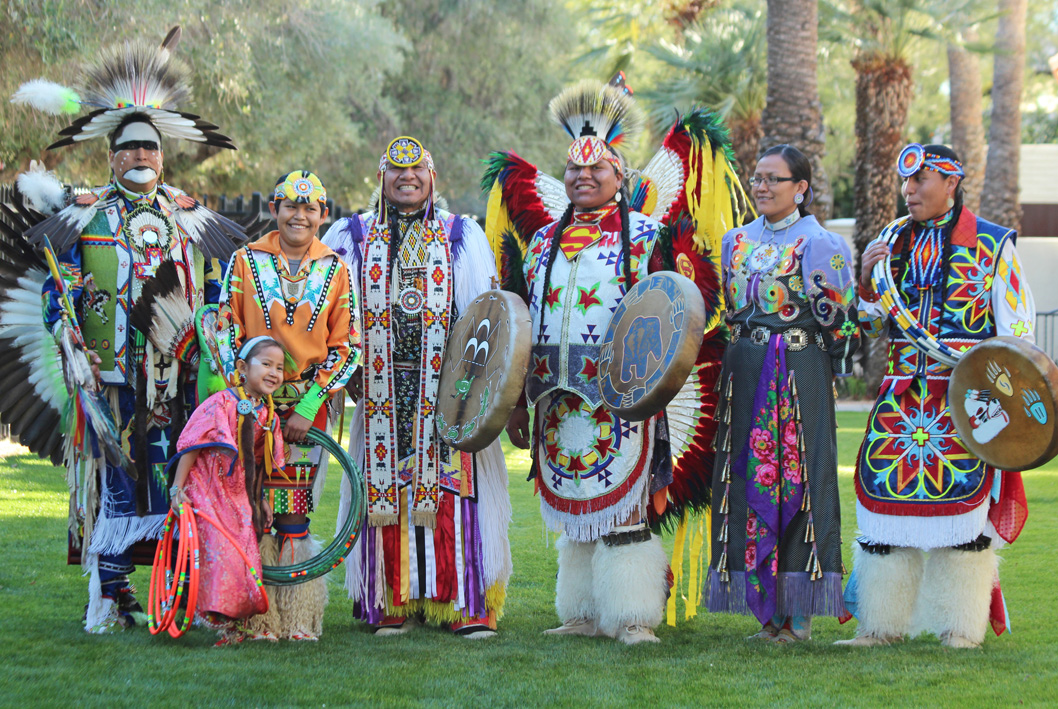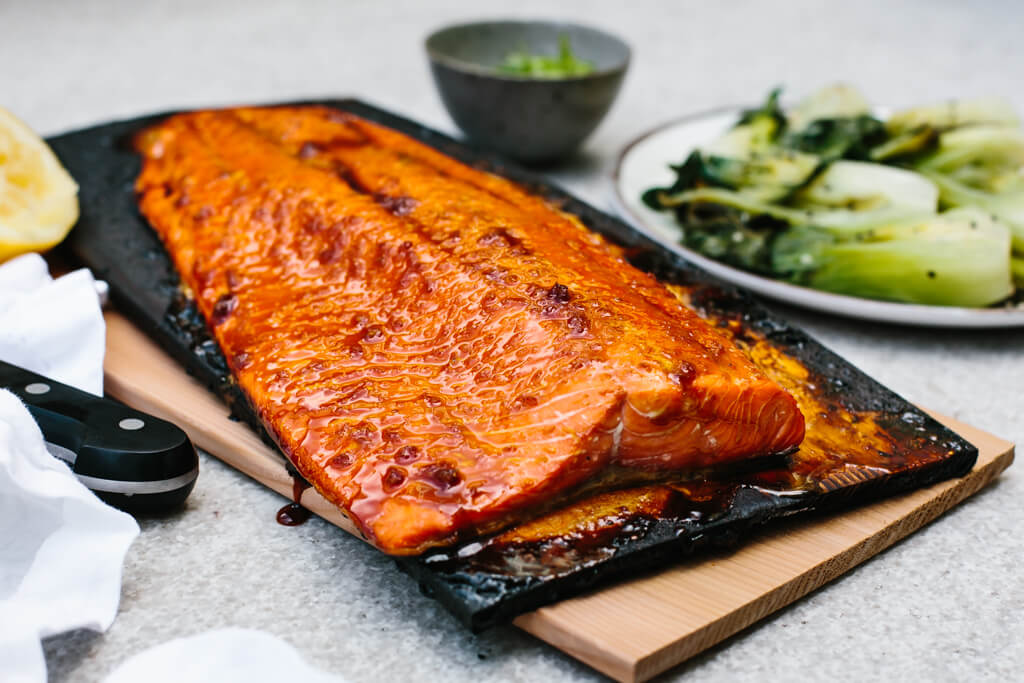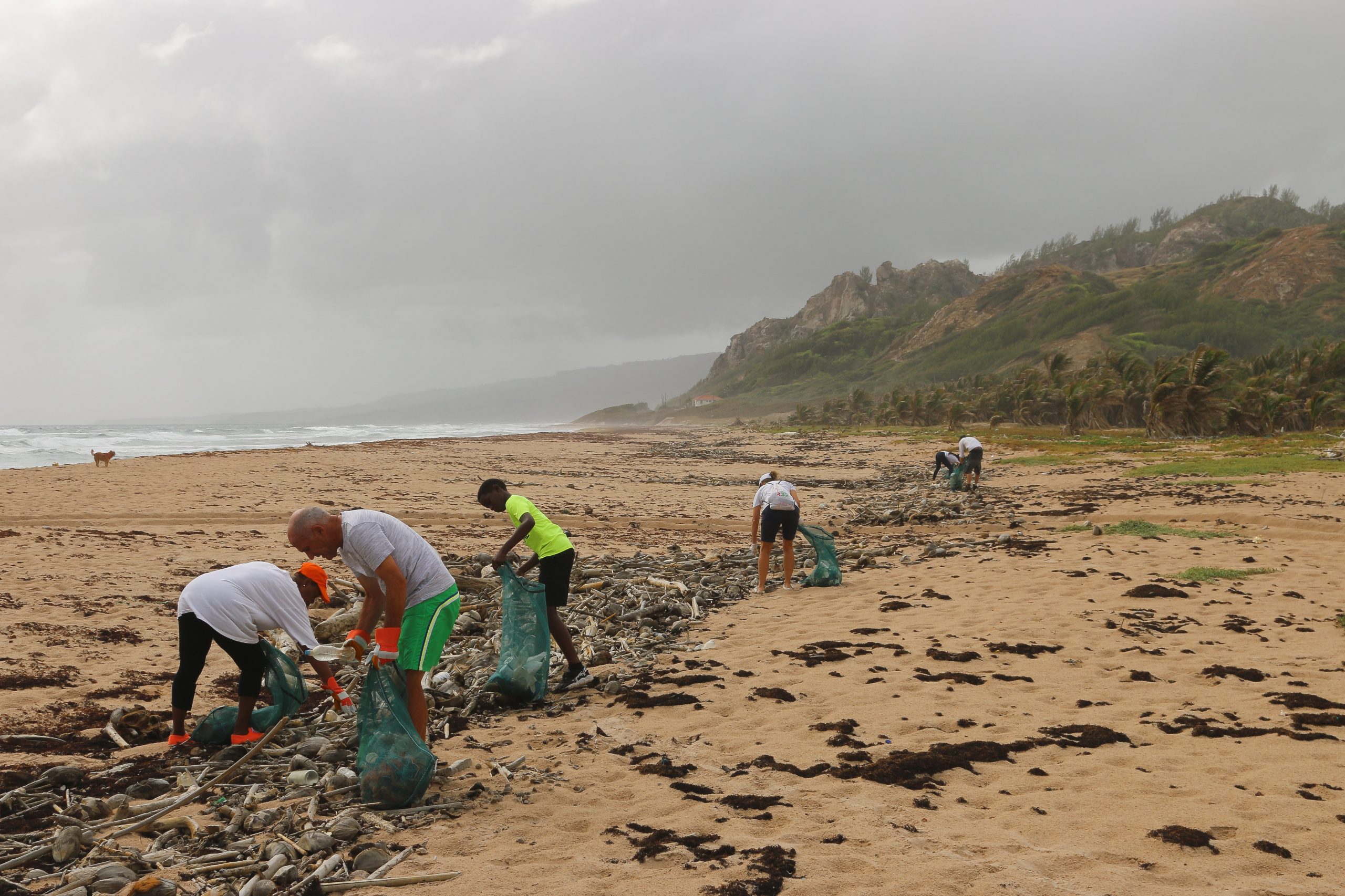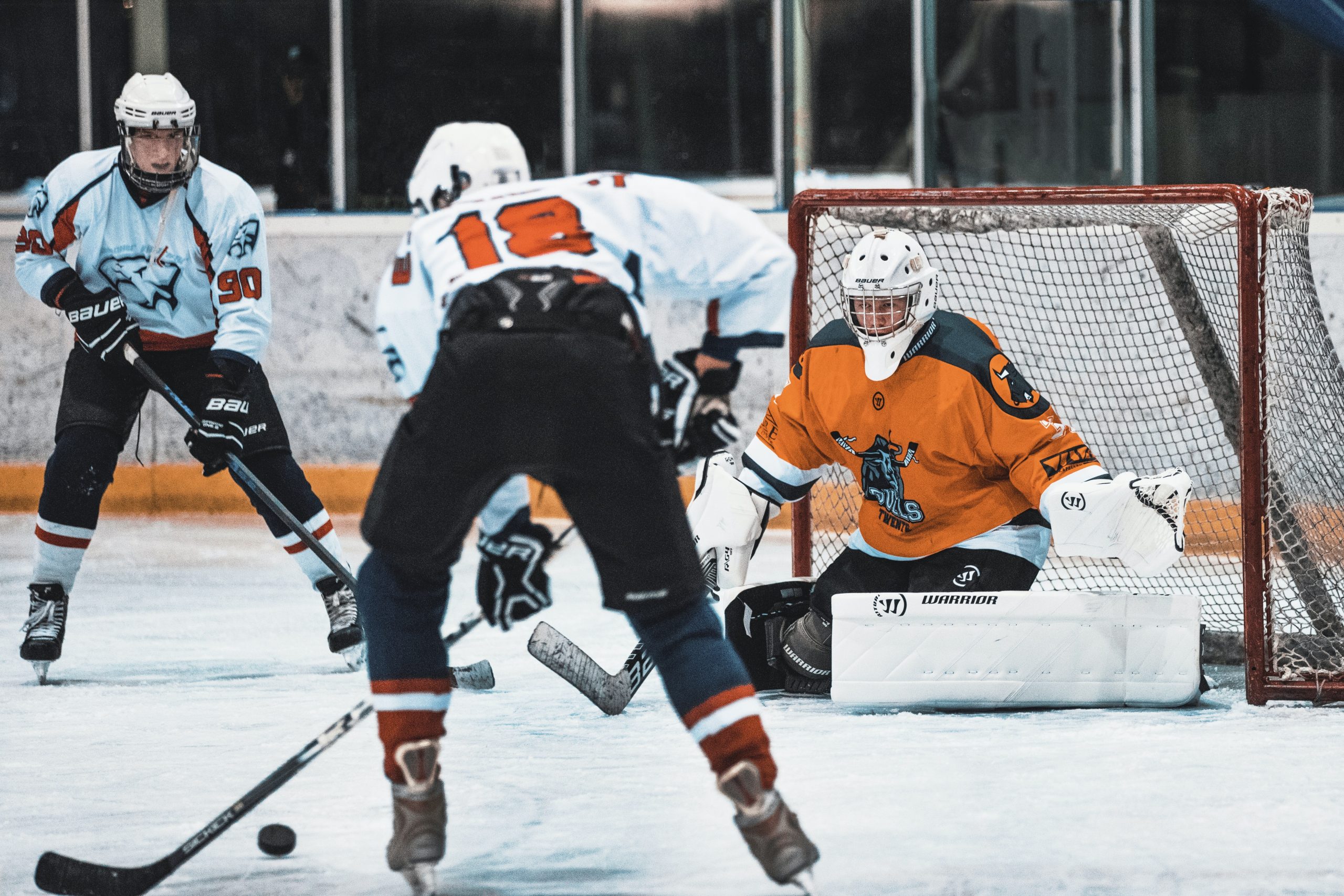Canada’s People and Culture
This article provides an overview about Canada’s people and its culture to anyone considering coming here.
RELATED ARTICLES
Even though the phrase sounds trite, Canada is indeed a “nation of immigrants.” Roughly 4% of Canada’s population identifies as Indigenous and can thus claim to be the “original” Canadians. The rest trace their origins to migrations from literally everywhere in the world that occured over the past 400 years. Here are some interesting statics about Canada’s current ethnic composition:
- Nearly 40% of Canadian residents today are first generation immigrants i.e. they either migrated to Canada themselves or are children of immigrants.
- Close to one-fourth are regarded as “visible minorities” (non-white).
- Roughly 62% of the population identifies as Christian, while 24% profess no religion.
- There are also substantial numbers of Muslims (3.2%), Hindus (1.5%), Sikhs (1.4%), Buddhists (1.1%) and Jews (1%).
This diverse group of people has created a happy country that is respected around the world for its peaceful politics and its high quality of life. Life expectancy in Canada is an average of 83 years. Canada is a well-educated country: nearly 61% of those aged 25 to 31 have some form of tertiary education, and 31% of those 25-64 have attained at least a bachelor’s degree. More than 80% of Canadians live in urban areas, largely clustered near the southern border with the United States.
By and large Canadians embrace a democratic worldview and abide by traditional values of liberalism such as personal freedom, responsible citizenship, equality before the law, tolerance, and self-reliance, as well as kindness, charity, and fairness. Most take a “live and let live” attitude toward newcomers and enjoy the diverse customs, traditions, and food that the newcomers bring to the country.
Canada’s Constitution of 1982 and the accompanying Charter of Rights and Freedoms guarantee, among other things, free speech, freedom of the press, religious freedom, the rule of law, respect for the treaty rights of indigenous peoples, and the equality of men and women.
Limits on freedom
As an immigrant, you will find the freedom in Canada to express your opinions, live according to your faith, practice your traditions, and speak your language.
But tolerance has its limits, and certain cultural practices that contradict Canadian values will be frowned on and may even be considered punishable crimes in Canada. These include forced or child marriage, domestic violence (beating of children or spouse), support for organizations deemed to be implicated in terrorism, and so-called female circumcision. Discrimination against people of other ethnic or religious backgrounds or of different sexual orientation (lesbian, gay, bisexual or transgendered people) is also illegal in Canada. The simple rule of thumb is that you have the freedom to act as you wish as long as your acts do not infringe upon the freedom of others.
Discrimination and racism
While the vast majority of Canadians are very accepting, it’s not impossible for immigrants to encounter racism on a personal level. It is rarely overt, but often a systemic issue, such as employers preferring to interview job candidates with more “pronounceable” names, or police being more suspicious of a dark-skinned person. Also, be aware that in the province of Quebec, a controversial “secularism” law forbids people working in government settings, such as schools and courts, from wearing religious garb such as hijabs or kippahs. On the other hand, the law and the law-enforcement authorities will address any well-founded complaints about systemic discrimination; such complaints can also be referred to a human rights tribunal.
As you learn more about Canada and its people, you will discover that there are certain similar sounding terms such as “First Nations”, “Founding People”, etc. that are often used to refer to specific groups of people. These terms are explained below.
Indigenous Peoples
Canada’s original people i.e. the original inhabitants of its lands, also known as Aboriginal or Indigenous, are divided into three main groups:
- Inuit, who live mainly in isolated communities in the Far North;
- Métis, who form a distinct culture and are descended from Scottish and French traders marrying indigenous women in the 18th century;
- First Nations (groups of people formerly referred to as “Indians”).
There are about 50 First Nations (note the term “First Nation” signifies the fact that these groups existed in Canada before any other group and were thus “first”), each with its own language and customs. These communities are spread across southern Canada, where they have lived for thousands of years. Their rich, distinctive cultures, rooted in varied environments (coastal, forest, plains, etc.) were disrupted by the arrival of Europeans in the 17th to 19th century. Unlike in the US, there were no “Indian wars” in Canada, but their numbers were decimated by diseases introduced by the foreigners such as smallpox and by what has since been called “cultural genocide.” Most were pressured to sign treaties that took away their rights to the land, confined them to small reserves and discouraged traditional customs and lifestyles, often depriving them of a livelihood.
Even these treaties were frequently broken and land set aside for them was given instead to immigrants. Perhaps most damaging was the practice of taking children from parents and placing them in church-run boarding schools, where they were often abused and forbidden to speak their own language or follow other cultural practices. Thousands died of disease and neglect in these schools, some of which continued to operate till the 1990s. A Truth and Reconciliation Commission investigated these abuses in 2015 and issued 94 Calls to Action, which are gradually being implemented and are transforming the way Canadian governments, courts, police, educators, churches, etc., relate to Indigenous people. Immigrants are expected to learn about and respect the special place of Indigenous people in Canadian society. The revised oath now taken to become a citizen includes the following phrase:
I will faithfully observe the laws of Canada, including the Constitution, which recognizes and affirms the Aboriginal and treaty rights of First Nations, Inuit and Métis peoples, and fulfil my duties as a Canadian citizen.

Founding Peoples
This phrase refers to the migrants from France who established the first permanent colonies in mainland Canada starting in 1608 (in what is now the province of Quebec) and the migrants from Britain who took possession of France’s holdings in Canada in 1763. Quebec and parts of the neighbouring provinces of Ontario and New Brunswick continue to be mainly French-speaking, while the rest of Canada is mostly English-speaking. This explains why Canada’s government is based on the British parliament and British common law, while Quebec’s provincial laws are based more on the French model. Canada has officially been a bilingual (with French and English being the two official languages) country since 1969. Children study both languages in school, and all federal services are available in both languages.
Later Immigrants
Canada began advertising for immigrants soon after its founding in 1867, and vast numbers responded. Chinese immigrants came to help build the transcontinental railroad in the 1880s. But later they discouraged it in favour of Europeans. The new European immigrants included not only British and French but also Germans, Ukrainians, Poles, Hungarians and many more.
Interesting fact
Donald Trump’s grandfather immigrated to British Columbia in Canada from Germany to open a hotel, an industry that his grandson continues to be involved in.
Canadians often feel that, because of its diversity, Canada has no distinctive culture of its own. But by doing so, Canadians are simply displaying the modesty that they are famous for. Canada shares much in its culture with its giant neighbor, the US (similar entertainment, sports, music, food, etc.); but Canadians have a reputation for being more polite, reserved, modest, and open-minded, less militaristic, less individualistic and more community-oriented than Americans. The joke is that Canadians are Americans but without their flaws.
Politics
By and large, Canadians are center-left on the political spectrum and believe in a healthy mixture of free-market capitalism and social safety net. They take pride in the national system of healthcare and Canada’s historic role as an international peacekeeper and “soft power” broker as a member of the G7.
Regional culture
Each region of the country has its own characteristics and traditions. For instance, the island of Newfoundland, which joined Canada only in 1949, has a lively regional culture with its own music, humour and food, developed in centuries-old communities established by Irish, English, French and Portuguese fishermen. Quebec’s French roots have produced a lively musical culture and many traditional foods, which have become favourites across the country. People of the prairie provinces, on the vast central plains, take pride in their down-to-earth friendliness and their hardiness in cold winters. In the Far North, many Inuit traditions, such as hunting seals for food and clothing, continue, while arts such as soapstone carving flourish.
Canadian Food
Canadians love to eat and enjoy a vast variety of cuisines, especially in larger cities where ethnic communities have established specialized grocery stores and restaurants. Burgers and pizza are popular everywhere, as are sushi, Italian, Mexican, Thai, Chinese and Indian food. Even mainstream grocery stores often offer specialty items, such as halal meat, to meet the needs of their customers. Some specifically Canadian foods include tourtiere, a spiced meat pie that’s a tradition in Quebec; butter tarts (small pies with a sweet filling); Nanaimo bars (a sweet treat with a chocolate base and custard filling); bison meat (the traditional food of Indigenous peoples on the plains) and bannock, bread baked over a fire; salmon fillet cooked on a cedar plank, a tradition on the west coast; and poutine, a dish of fried potato pieces, topped with cheese curds and gravy.

Canadian Holidays
Canadians enjoy holidays on days special to the Christian calendar, including Christmas, Easter and Good Friday, as well as New Year’s Day on Jan. 1; Victoria Day in May (marking the unofficial beginning of summer); Canada Day on July 1; Labour Day in September; and Thanksgiving in October. Truth and Reconciliation Day, Sept. 30, is a new federal holiday created to reflect respect for Canada’s Indigenous peoples. Other local holidays may be celebrated in various provinces in February, June and August. Employers and schools typically offer special consideration to people who mark other religious holidays such as Eid ul-Fitr or Passover.
Customs
Canadian customs vary widely according to background and region, but some popular customs may be less familiar to immigrants. For example:
- “Potluck” dinners: In such a dinner, all the participants contribute something to a feast, rather than a host providing the food. In a multicultural gathering, this is an enjoyable way to share your food traditions.
- Canadians love camping in a tent or recreational vehicle, and hiking or paddling a canoe in the wilderness. There are many national and provincial parks that offer an opportunity to do this inexpensively. Canadians aspire to own a rustic summer home, typically called a cottage, in a remote place or on a small lake.
- Canadians often remove their shoes on entering a private home to avoid tracking in mud or snow. (Ask your host if you’re not sure.) If invited to someone’s home for a meal, it’s considered polite to bring a small token such as flowers or a contribution to the meal, such as a bottle of wine.
- Winter pastimes such as tobogganing (sledding), ice skating, snowshoeing, cross-country skiing and ice fishing (fishing in a small shelter through a hole in thick ice) are popular across Canada.
- Ice hockey is the most important sport in the country and Canadians follow their teams religiously. Learn about the ice hockey scene to make quick friendships.
- Small talk: In most public situations, such as on a bus, you aren’t expected to converse with strangers. But if you wish to do so, the weather, the traffic, or last night’s sports event are always appropriate things to talk about with Canadians.
- Being polite: Canadians sometimes joke about saying “sorry” too much — they will apologize to the person who just stepped on their foot! But offering a smile and being polite is highly valued. “Please,” “thank you” and “excuse me” are important expressions. If you’re going through a door or into an elevator, it is polite to hold the door for the next person.
- Volunteering: About half of all Canadians give time and energy to various causes without being paid. They volunteer in various ways with social service and religious organizations, charities, coaching children’s sports, etc. In 2018, Canadians dedicated 5 billion hours to volunteer work.

Festivals and Events
A large variety of special events are held each year across the country and they are a wonderful way for newcomers to get to know their community. Some festivals are put on by cultural groups, often to share their food, customs, music, dance, etc., with the larger community. Even small towns have annual fairs that showcase local agriculture and provide amusements. Some large cities have annual fairs such as the Pacific National Exhibition (Vancouver). Alberta hosts the Calgary Stampede — the world’s largest cowboy rodeo, while Winnipeg has Folklorama — a celebration that gives dozens of local ethnic groups the chance to share their culture, and Festival du Voyageur — an outdoor winter festival that celebrates the early French traders with dog sled races, snow sculptures, and dancing to lively folk music. Toronto hosts a huge Pride festival and Caribana, a festival of Caribbean culture, every summer. There are book and author festivals, the Toronto International Film Festival, an all-night arts event called Nuit Blanche, a Christmas market, and numerous street events celebrating the Greek, Latin American, South Asian and many other cultures.
Sports
Canada’s official sport is lacrosse, a fierce game involving hard balls and sticks with pocket nets, invented by Canada’s Indigenous people.
However, Canadians are most passionate about hockey (the version played on ice). Seven National Hockey League teams are located in Canada, and there is a strong rivalry between the cities involved. Children often play league hockey on ice from a young age. In towns across the country, ice hockey is a street game played with portable nets, hockey sticks and balls. Many immigrants learn the rules of hockey and become big fans; in fact, so many South Asian immigrants have embraced it that there is now a Punjabi-language TV broadcast of the games!
Immigrants also form a big part of the fan base for Canada’s three Major League Soccer clubs and eight Canadian Premier League clubs. Soccer i.e. European football is very popular as a league sport for children.
Canada has hosted three Olympics and several Pan Am Games. Several of the tennis world’s rising stars are Canadian. Virtually any sport, winter or summer, is available in Canada. Curling, a sport similar to shuffleboard played on ice, is popular in many small communities. Cultural communities often get together to play less well-known games such as cricket or bocce. Informally, many Canadians also enjoy downhill and cross-country skiing, snowboarding, figure skating, skateboarding, surfing, softball, baseball, racquet sports such as squash and racquetball, swimming, jogging, marathon running, and many more.

Arts & Cultural Institutions
Canada hosts one of the world’s premier film festivals and has a robust film and television industry. Many Hollywood films are made in Toronto, Montreal or Vancouver. Large cities and some smaller centers offer live theatre productions by local groups and by touring companies of Broadway shows. Theatre festivals such as the Stratford Festival and Shaw Festival, both in small towns in Ontario, draw international audiences. Canadian pop music, both French and English, has an international following for performers such as Drake and Justin Bieber. Major cities have a variety of art galleries and museums, symphony orchestras and dance companies. Canadian authors (such as Margaret Atwood, Yan Martel, Michael Ondaatje and Alice Munro) are internationally renowned, and they include two winners of the Nobel Prize for Literature. Add to that cultural productions everything from bhangra dancing to Inuit throat singing, and Canada’s art scene will keep you well-entertained.
As an immigrant, you will settle in more quickly if you improve your language skills, if necessary, and make Canadian friends. Don’t be afraid to ask for help with learning Canadian customs and skills, such as learning to ice-skate. Many Canadians will be charmed by your desire to become a “real Canadian” and make every effort to help you. (Some cities even have organizations dedicated to helping immigrants; for example, they will help you learn how to go camping Canadian-style.) They may also love to taste your food and learn about your customs, so don’t be afraid to extend hospitality to others. Volunteering and getting involved in organizations such as a school parent-teacher group will help you become a part of the community.
Finding a balance between your own traditions and the Canadian way of life is easy in Canada. If this article has kindled your interest in moving to this wonderful country, contact our team, and we will be glad to help you explore that immigration opportunities for Canada that may be suitable for your situation. We will assess your credentials and assist in choosing a realistic immigration route for you and your family.
